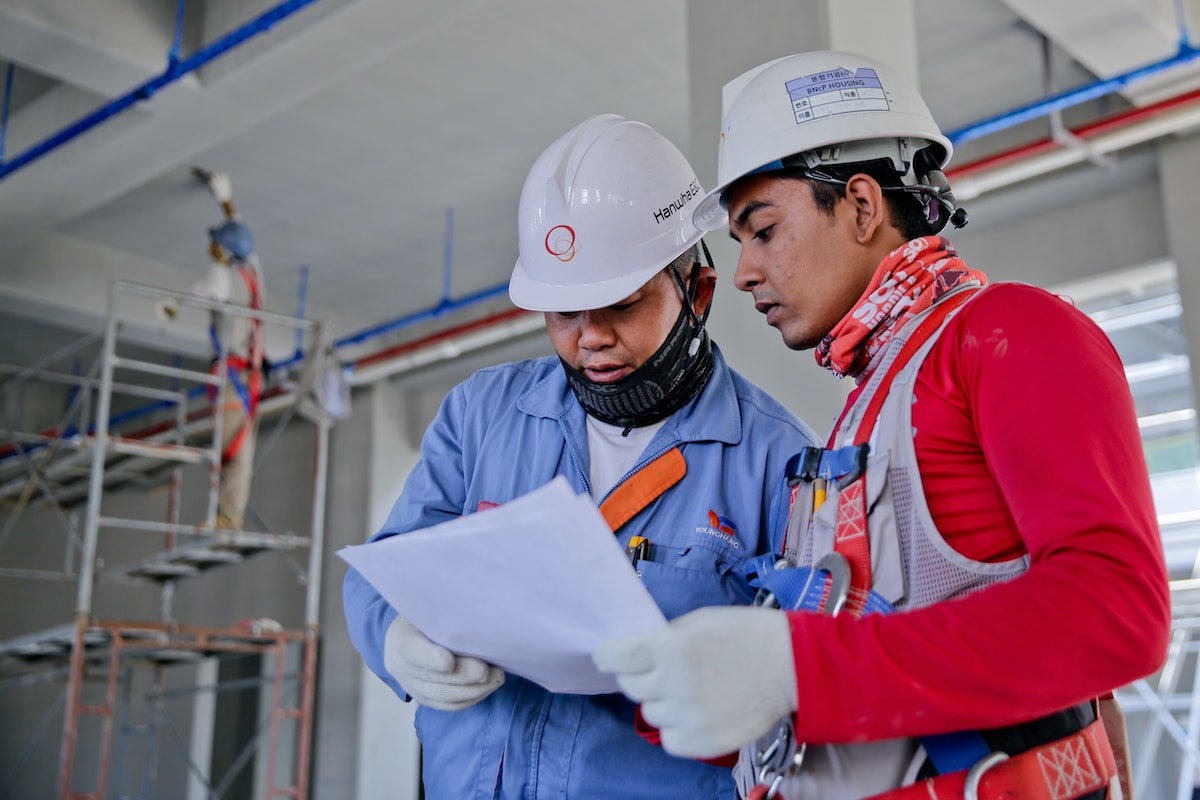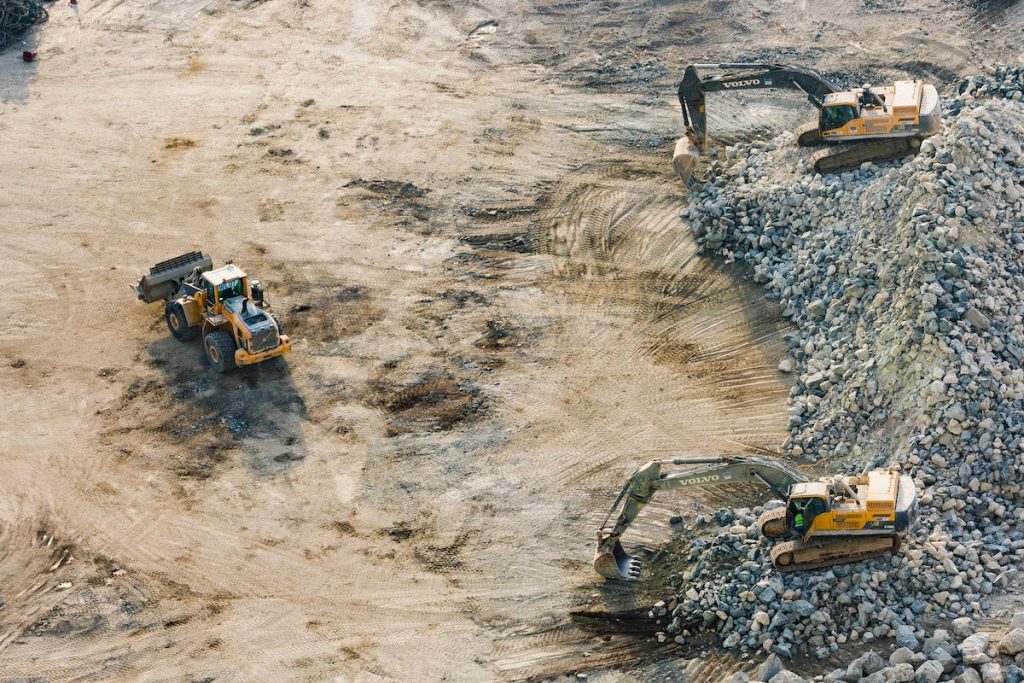An alarming statistic showed that over one-fifth of workplace fatalities occurred in the construction sector in 2020. Falls to a lower level were the most common cause of death among these workers, representing just over one-third of all deaths in this sector. Moreover, the sector accounted for 46.1 percent of fatal falls across industries.
Construction sites are inherently dangerous places. The number of accidents should serve as a wake-up call for business owners and entrepreneurs to take safety seriously at their construction sites. Here are some ways for construction businesses to reduce accidents and ensure everyone goes home safely.
Establish Safety Protocols
The first step to reducing accidents is establishing safety protocols. Before work begins on a project, it’s important to bring everyone together and outline the procedures for working safely. Ensure that workers understand their roles and how they fit into the bigger picture.
Understanding their roles will help prevent any miscommunications or mistakes from happening onsite. Additionally, be sure to discuss emergency protocol should an accident occur. The more informed your workers are, the less likely they will make mistakes that could lead to accidents or injuries.
Establishing safety protocols require continual vigilance and review. Be sure to constantly monitor the work environment for any potential hazards and take steps to mitigate or eliminate them. Additionally, ensure everyone is properly trained on the safety protocols and following them at all times. This will ensure everyone is on the same page and reduce unnecessary risks.
By establishing comprehensive safety protocols and ensuring everyone follows them, you can greatly reduce the chances of accidents onsite. This will help keep your workers safe and save you time and money in the long run.
Invest in Protective Equipment
Another key component of reducing accidents is investing in protective equipment for your workers. This includes hard hats, gloves, goggles, and other items designed specifically for the type of job being done onsite.
You should also invest in tools and devices that prevent materials and equipment from falling on the project site. For instance, you can also use durable synthetic web slings to secure items you need to lift to higher floors of the project. The slings protect the materials from damage and ensure your project is completed on time.
You should also invest in safety and other warning signs that alert your workers to potential hazards. This helps them identify any areas of the project that could be risky and take the necessary precautions.
Making sure that your construction workers have access to the proper safety gear will dramatically reduce their chances of getting injured while doing their job. Additionally, it’s essential to ensure that all equipment is up-to-date and properly maintained; faulty or outdated equipment can also lead to accidents or injuries on site.
Regularly Monitor Work Sites
It’s vital for business owners and entrepreneurs to regularly monitor their work sites for any potential hazards or risks. This means walking around the construction site, looking for anything out of place or potentially hazardous, and ensuring that any issues are addressed immediately before anyone gets hurt or injured.
The monitoring process should include ensuring that all workers are following safety protocols while onsite; if not, it’s crucial to address those issues immediately so that everyone remains safe while working onsite.
It’s also important to make sure that the proper safety equipment is available for workers at all times and in case of an emergency. By following these precautionary steps, business owners can ensure that their work sites are always as safe as possible.
Encourage Open Communication

Open communication between workers is essential for safety. Encourage workers to speak up about any potential safety concerns or hazards. Show support for their suggestions and make sure they have a platform to voice them in a safe and secure environment.
Provide training on how to effectively communicate potential safety issues, such as the proper chain of command. Explain the different levels of reporting, so workers understand which steps are necessary when filing complaints or reports regarding safety.
Create an atmosphere of open communication by hosting regular meetings discussing safety topics and allowing workers to give feedback. Provide a way for workers to anonymously report any safety issues or concerns. Make sure that all reported incidents are taken seriously and investigated thoroughly by management.
Reducing accidents at your construction site isn’t just about protecting your workers; it’s also about protecting yourself from potential legal action if something were to happen onsite due to negligence. Following the tips in the article will prepare you better in case something happens—and hopefully, avoid any serious injuries due to negligence or oversight. Taking safety seriously will go a long way toward ensuring everyone goes home safe after a day’s work at your construction site.


